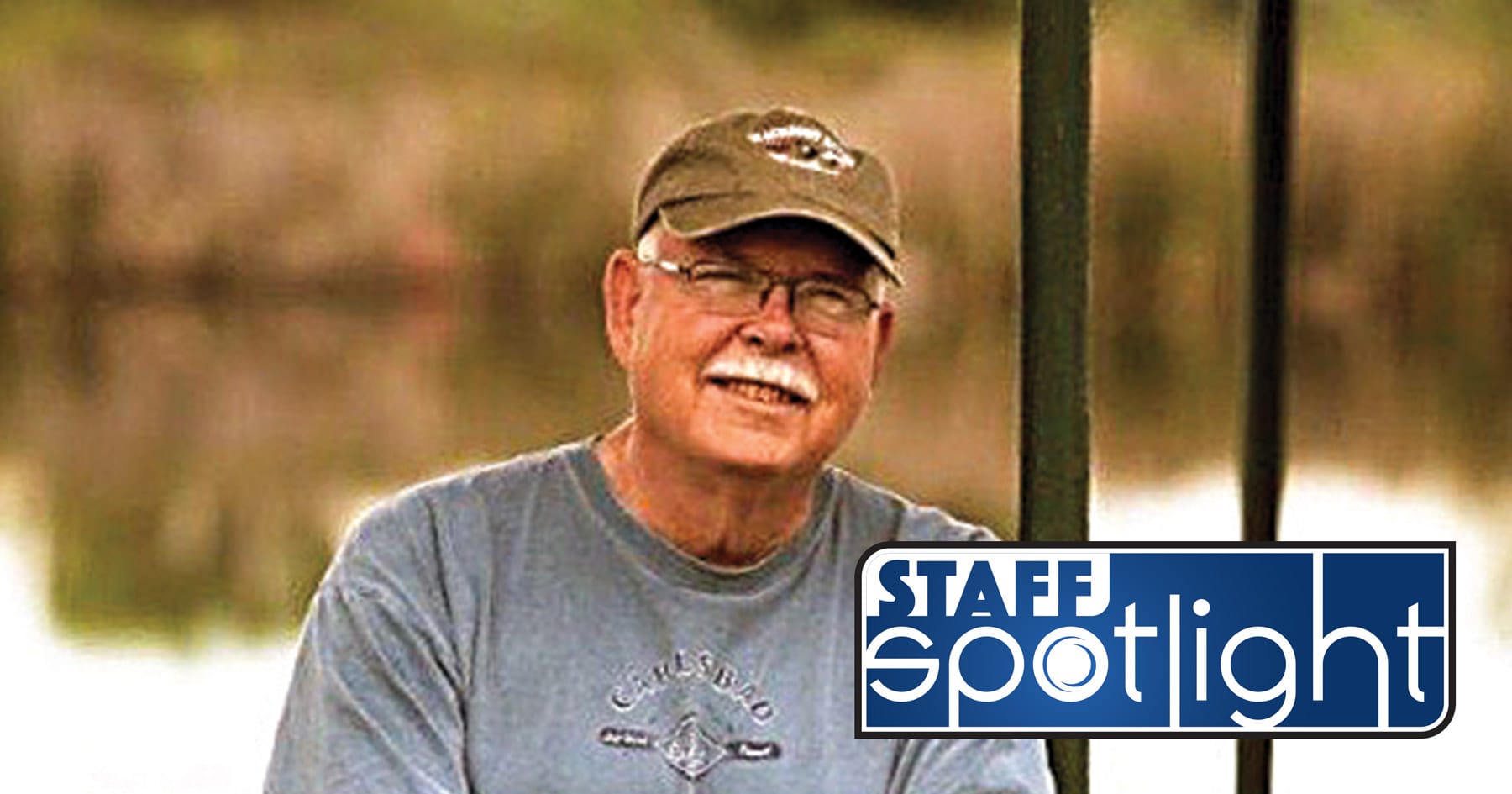Decades of Alleged Abuse at Cal Farley’s: A Legacy of Hurt
The once-respected Cal Farley’s Boys Ranch, a Texas institution for at-risk youth, is now facing a series of lawsuits alleging decades of unchecked physical, emotional, and sexual abuse. Former residents have bravely stepped forward, sharing harrowing accounts of their time at the ranch, painting a disturbing picture of systemic failures and a culture of silence. These accounts, spanning from the 1950s to the 1990s, detail not only isolated incidents but also a pattern of alleged abuse that may have impacted generations of vulnerable children. For more context on similar situations, you can view the blind frog ranch lawsuit update.
Unraveling the Allegations: A Timeline of Abuse
- 1950s-1990s: Period of alleged widespread physical and sexual abuse at Cal Farley’s, according to survivor testimonies.
- December 20, 2017: Following media reports, including a Guardian article and coverage in the Amarillo Globe-News and Lubbock Avalanche-Journal, Cal Farley’s publicly acknowledges the allegations and issues a formal apology. President/CEO Dan Adams states, “I am very sorry, as a man, as the leader of this organization and as an officer of this board of directors.”
- May 12, 2019: The Associated Press publishes a feature story highlighting survivor accounts and expressing their dissatisfaction with the institution’s response.
- May 27, 2019: A lawsuit is filed against Cal Farley’s Boys Ranch, alleging the institution failed to protect two children from abuse and engaged in a potential cover-up.
- June 24, 2019: Cal Farley’s files a legal response to the lawsuit.
- July 2024: Further lawsuits and ongoing legal challenges emphasize the continued fight for accountability.
These allegations raise critical questions about the ranch’s oversight and management practices. Did the institution fail to adequately screen staff, provide proper supervision, and foster a safe environment? Some experts believe that institutions, regardless of their intentions, can develop blind spots, and independent investigations are essential for ensuring accountability. The lawsuit contends that such failures likely created an environment where vulnerable children were exposed to harm.
Cal Farley’s Response: Apology, Legal Defense, and Resistance
Cal Farley’s response to the allegations has been multifaceted, encompassing public apologies, legal defense strategies, and a controversial resistance to independent investigations. While the organization has acknowledged past failings and expressed remorse, some survivors view these apologies as insufficient, perceiving them as an attempt to manage public image rather than a genuine expression of accountability.
The ranch’s legal responses to the lawsuits often deny or downplay the extent of the alleged abuse. This legal maneuvering has further fueled skepticism among survivors and advocates who interpret it as an attempt to evade responsibility. The institution’s resistance to an independent investigation, despite calls from survivors, legal experts, and media outlets like the Amarillo Globe-News, raises concerns about transparency and a potential desire to control the narrative. CEO Dan Adams’ stated unwillingness to incorporate survivor stories into the Ranch’s official history underscores this concern. This resistance stands in stark contrast to recommendations from child welfare experts who emphasize the importance of independent investigations in preventing future harm.
Who Were the Victims? Vulnerable Children Seeking Refuge
The alleged victims at Cal Farley’s were primarily vulnerable boys and teenagers, often sent to the ranch seeking safety and a better life. Instead, many experienced horrific trauma, ranging from severe physical punishments to sexual assault and profound neglect. Over 100 individuals have bravely come forward, suggesting a systemic problem that allowed this alleged mistreatment to persist for decades. The true number of victims may be even higher, as some survivors may still be grappling with their trauma or hesitant to share their experiences.
The accounts detail brutal physical punishments, far exceeding reasonable discipline, and describe horrific instances of sexual abuse with devastating lifelong consequences. Beyond the physical and sexual abuse, the alleged neglect—the failure to provide basic care and support—left children feeling abandoned and alone. This neglect encompasses not only inadequate food and medical attention but also a broader emotional neglect, depriving these children of the nurturing environment they desperately needed.
The Path Forward: Justice, Healing, and Systemic Change
The Cal Farley’s case underscores the critical need for transparency and accountability in organizations caring for children. It highlights the importance of strong oversight, mandatory reporting procedures, and independent investigations when allegations of abuse arise. The survivors and their advocates demand not only financial compensation for the harm they allegedly suffered but also crucial policy changes and systemic reforms to prevent future abuse. This legal action represents a pivotal moment—a chance to address the painful legacy of alleged abuse at Cal Farley’s and create a safer future for children in residential care. If you’re looking for information on resources for those affected by similar situations, you can find more information on carey and son funeral. The ongoing legal battles and the demand for accountability underscore the long road ahead in the pursuit of justice and healing for the survivors of Cal Farley’s Boys Ranch.
- Mastering Leader in Spanish: The Complete Guide - April 19, 2025
- Uncovering Surprising Parallels: England Size Compared to US States - April 19, 2025
- Old Mexico Map: Border Shifts 1821-1857 - April 19, 2025

















1 thought on “Cal Farley’s Boys Ranch Faces Lawsuits Alleging Decades of Abuse”
Comments are closed.